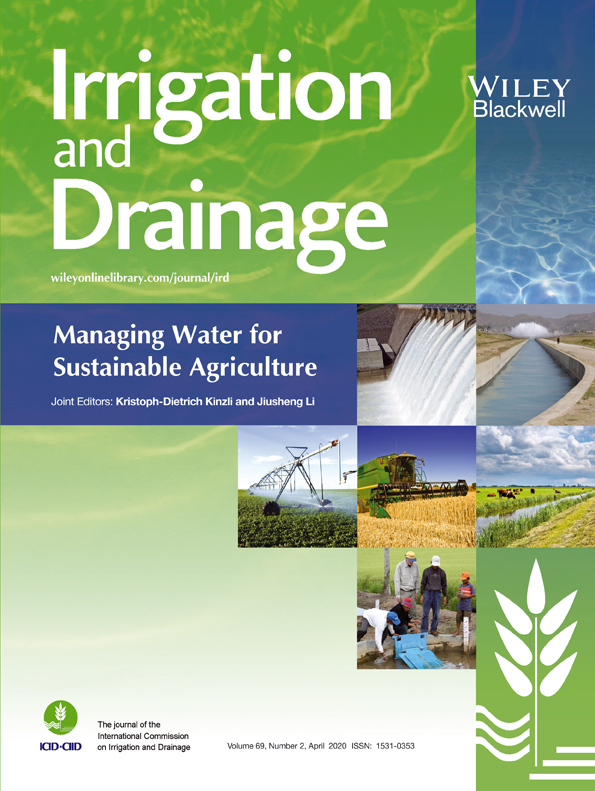ICID VISION 2030—THE PRESENT STATUS AND PROSPECTS FOR IRRIGATED AGRICULTURE†
Abstract
enPopulation growth and improving economic status will inevitably increase the demand for food. In 2012 the FAO estimated that global food production must increase 40% by 2050 in order to feed the expected population of 9 billion in 2050. Furthermore, developing countries would likely need to double food production to meet demands under the current market, institutional and economic systems. Irrigated agriculture is about twice as productive as rainfed. But increasing competition for land, water and labour from industry and municipalities will make meeting the growing demand for food, fibre and biofuels a major challenge for the irrigated agriculture subsector. The ICID Vision 2030 sets out an ambitious agenda for ICID and its members to revitalize the organization and to provide leadership to the irrigated agriculture subsector. This paper explores the current status of irrigated agriculture and identifies some critical areas for members to ensure ICID continues as the leading professional organization in agricultural irrigation and drainage. © 2020 John Wiley & Sons, Ltd.
Résumé
frLa croissance démographique et l'amélioration de la situation économique augmenteront inévitablement la demande de produits alimentaires. En 2012 la FAO estimait que la production alimentaire mondiale devait augmenter de 40% d'ici 2050 pour nourrir la population attendue de 9 milliards d'habitants en 2050. En outré, les pays en développement devraient probablement doubler leur production alimentaire pour répondre à la demande du marché institutionnel et économique actuel. L'agriculture irriguée est environ deux fois plus productive que l'agriculture pluviale. Cependant la concurrence croissante de l'industrie et des municipalités pour la terre, l'eau et la main-d'œuvre obligera à faire face à la demande croissante d'aliments, de fibres et de biocarburants: un défi majeur pour le sous-secteur de l'agriculture irriguée. La Vision 2030 de la CIID définit un programme ambitieux pour la CIID et ses membres qui vise à revitaliser l'organisation et à assurer le leadership du sous-secteur de l'agriculture irriguée. Ce document explore l'état actuel de l'agriculture irriguée et identifie quelques zones critiques pour les membres afin de garantir que la CIID reste la principale organisation professionnelle dans l'irrigation et le drainage agricoles. © 2020 John Wiley & Sons, Ltd.




